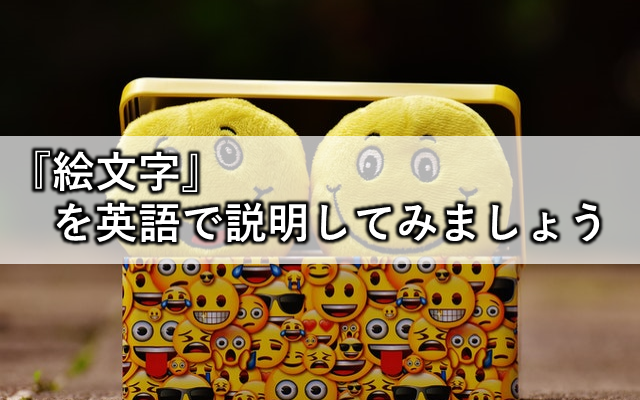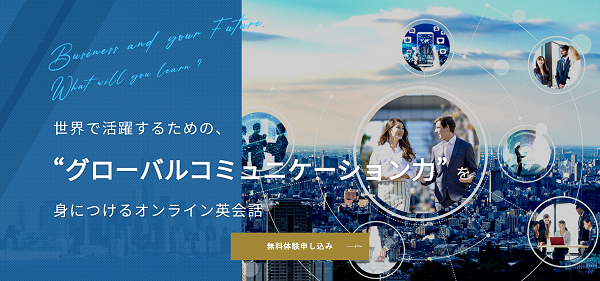使える表現
英語でニッポンをフカボリ! DID YOU KNOW…?『絵文字』

ついつい誰かに話したくなってしまう日本のこと。
今回は日本発祥モノをフカボリ!『絵文字』を説明してみましょう。
まずはKey Words & Phrasesから。
テーマに関連する語句
emoji / emoticon(絵文字)
digital image(デジタル画像)
electronic communication(電子通信)
telecom / telecommunication(テレコム・遠距離通信)
pager / beeper(ポケットベル《小型の無線受信端末》)
ideogram(表意文字《漢字など文字が一定の意味を表すもの》
pictograph(絵文字・象形文字)
ASCII art / text based art(アスキーアート《文字の組み合わせで表現した絵》)
一般的な語句
then-current(当時最新の)
internet-capable(インターネットに接続できる)
necessity(必需品・必携品)
capable of (~できる・~の能力がある)
head developer (開発責任者)
aware of (~を知っている・~を承知している)
effectiveness(有効性)
now that(今や~であるから)
safe to say(~と言って過言ではない)
derive from(~から派生する)
Mayan script(マヤ文字)
nature(特質)
punctuation symbol(句読点記号)
続いて、今回のテーマに挑戦!
Did you know the first emoji was invented in Japan?
(初めての絵文字は日本で作られたって知ってましたか?)
・Emoji, a small digital image or symbol used in web pages and digital messages was born in Japan in the late 1990s.
・The first emoji was created by a member of the largest telecom company as a function of their then-current product, an internet-capable mobile phone.
・Before mobile phones became a necessity, a beeper was the most popular way to contact someone in Japan. Some of the beepers were capable of displaying icons and the heart icon gained great popularity among the users.
・It is said that the head developer of emoji was aware of the importance and effectiveness of communication using an icon through his experience of a beeper.
・Now that emoji is regularly used across electronic communication, it is safe to say that they are a shared way of communicating across the globe.
3 Questions for Digging Deeper! 《 もっと掘り下げてみよう! 》
1. What does “emoji” mean in the first place?
(そもそも『エモジ』ってどんな意味があるの?)
Deriving from the Japanese word “e” and “moji”, the word emoji originally means pictograph such as the Mayan script. Incidentally, “e” means picture and “moji” means character or letter in Japanese.
2. Why did emoji become so popular in Japan?
(絵文字が日本でそこまで人気な理由は?)
The biggest reason must be that emoji are convenient to express emotions and feelings in communications, which is often difficult to convey in text/words. In addition to that, as emoticons are considered ideograms, the Japanese adapted emoji quickly due to the similar nature of the Japanese language.
3. What’s the difference between emoji and kaomoji?
(顔文字とは何が違うの?)
Kaomoji means “face” and “character”, and it is also one of the emoticons. Unlike emoji, kaomoji is a kind of ASCII art created using Japanese characters, alphabetical letters and punctuation symbols. Kaomoji has many styles, but most of them look like human faces. That’s why they are called kaomoji.
同じ絵文字でも、国によって受け取る意味が違うこともあるようです。
いろいろと比較してみると面白いのではないでしょうか!?







